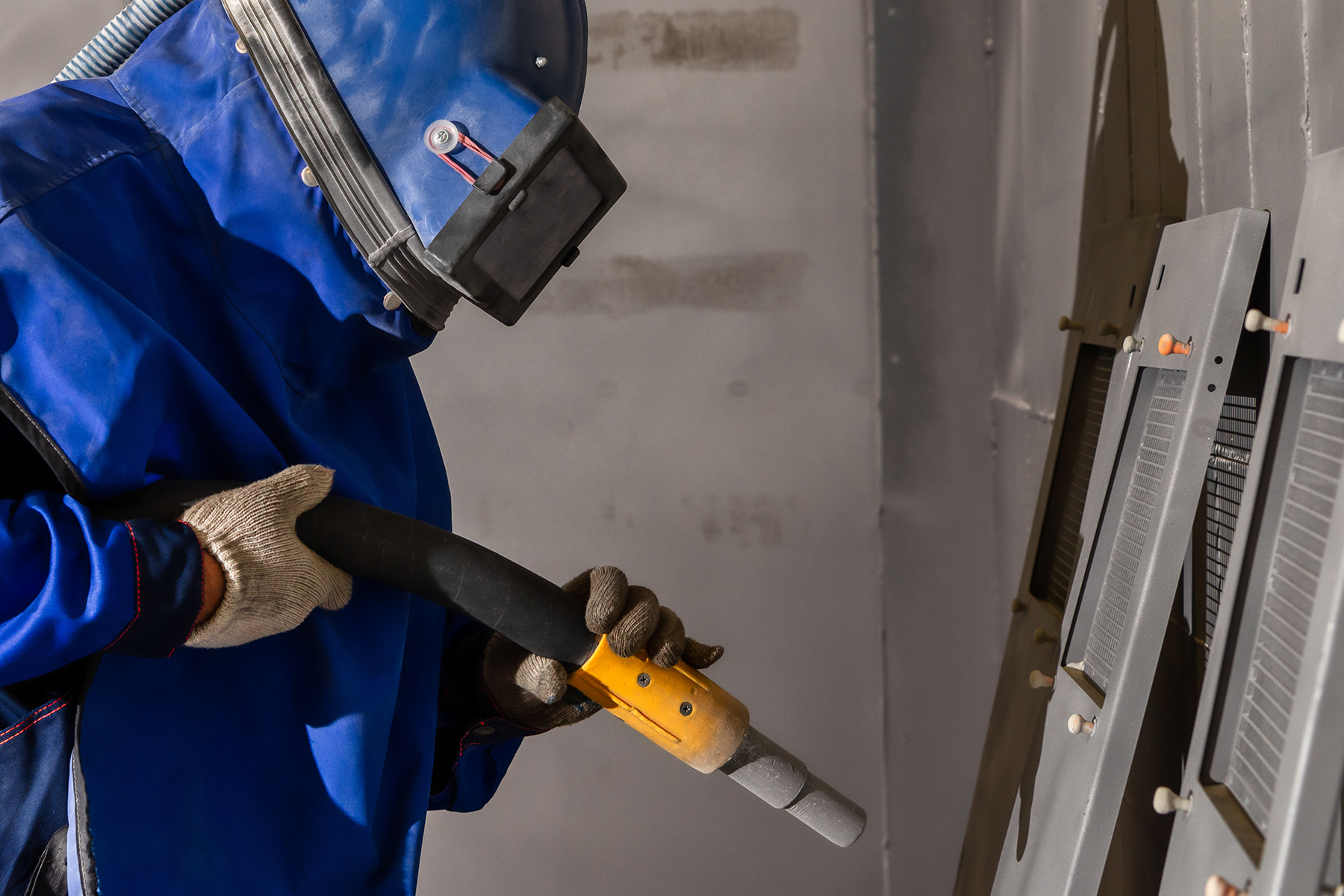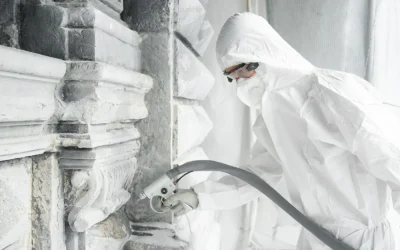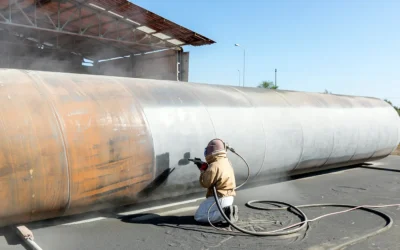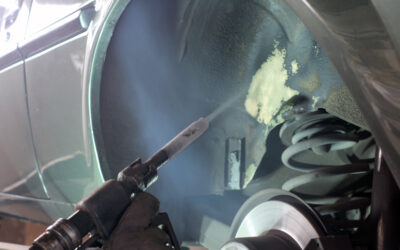Choosing the right blasting method is crucial for the success of any project. From removing paint and coatings to preparing surfaces for painting, there are several blasting methods to choose from, and each has its own set of benefits and drawbacks.
In this blog post, we’ll explore the differences between three popular blasting methods offered by many companies: dry ice blast cleaning, sandblasting, and dustless blasting. We’ll also provide examples of projects that would be best suited for each method to help you make an informed decision.
Dry ice blast cleaning is a non-abrasive blasting method that uses compressed air to propel dry ice pellets at high speeds onto a surface. The pellets sublimate on contact, creating a cooling effect that removes contaminants without causing damage to the surface.
Benefits:
- Leaves no residue or secondary waste
- Non-abrasive and gentle on delicate surfaces
- Effective at removing contaminants like grease, oil, and paint
Drawbacks:
- Can be more costly than other blasting methods
- Not suitable for heavier cleaning or removal projects
Projects:
- Cleaning electrical components and machinery
- Removing coatings from delicate surfaces like wood or brick

Sandblasting involves using compressed air to direct abrasive particles at a surface to remove coatings or scuff marks.
Benefits:
- Effective at removing tough substances like rust, paint, and heavy coatings
- Can be used on various surfaces like metal, concrete, and wood
Drawbacks:
- Creates a lot of dust and debris, which can be harmful to the environment and people working in the area
- Can cause damage to delicate surfaces
Projects:
- Removing stubborn coatings from metal surfaces
- Preparing concrete surfaces for painting or staining
Dustless blasting is a wet blasting method that mixes water with abrasive materials to create a slurry. The slurry is then propelled onto the surface, effectively removing coatings and contaminants.
Benefits:
- Minimizes dust and debris, making it safer for workers and the environment
- Effective at removing coatings, rust, and graffiti
- Fast and efficient
Drawbacks:
- Requires access to water and drainage for clean-up
- Can cause damage to delicate surfaces
Projects:
- Removing paint and coatings from automotive and marine surfaces
- Cleaning graffiti from building facades
Choosing the right blasting method for your project is essential. By understanding the benefits and drawbacks of each method and identifying the best-suited projects, you can make an informed decision and ensure the success of your project while staying within budget and minimizing environmental impact.





